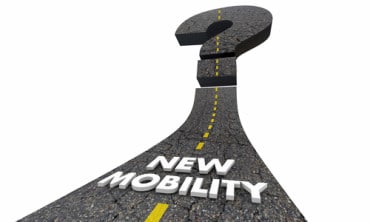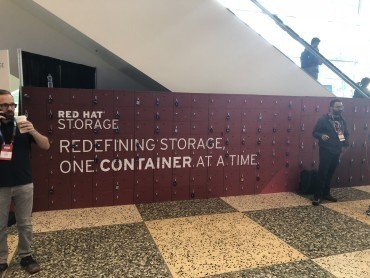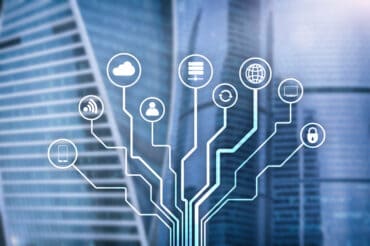
Thanks to the rise of the digital enterprise, IoT and real-time analytics, event-driven architecture has moved from the shadows to the business mainstream.
Event-Driven Architecture, or EDA, has been around for well over a decade. Until recently, it was practiced only within cutting-edge enterprises with the funds, skills and capabilities to apply the necessary infrastructure of sensors, devices and processing engines to start deliver value.
Now, the rise of the digital enterprise, Internet of Things (IoT) and real-time analytics delivered via the cloud has brought EDA out into the business mainstream in a big way. Gartner, for one, just released a report noting that EDA’s time has finally arrived, and this is the year it will become a central part of digital business strategies. “Achieving broad competence in event-driven IT will be a top-three priority for the majority of global enterprise CIOs by 2020,” Gartner predicts.
Determine which events matter
Of course, business and IT leaders need to get a handle on what events are of material importance to their organizations, and how to go about monitoring and leveraging their associated data. Martin Fowler, a speaker and author on all things related to enterprise development, notes that “when people talk about ‘events,’ they actually mean some quite different things.”
[ Related: How Digital Business Process Management Transforms the Enterprise ]
Digital business depends on EDA, says Anne Thomas, vice president and distinguished analyst at Gartner. Thomas and fellow Gartner analysts advise corporate leaders to begin building EDA into their budding digital business efforts. “Digital business demands a rapid response to events,” Thomas says. “A convergence of events generates a business opportunity, and real-time analytics of those events, as well as current data and wider context data, can be used to influence a decision and generate a successful business outcome.”
“The events generated by systems — customers, things and artificial intelligence — must be digitized so that they can be recognized and processed in real time,” the Gartner team adds.
How events streamline business
Fowler provides some of the key elements of EDA in his post: Event notification is “when a system sends event messages to notify other systems of a change in its domain.” Event-carried state transfer is a pattern that “shows up when you want to update clients of a system in such a way that they don’t need to contact the source system in order to do further work.”
[ Related: On Microservices and Event-Driven Architectures ]
For example, Fowler illustrates, “a customer management system might fire off events whenever a customer changes their details (such as an address) with events that contain details of the data that changed. A recipient can then update its own copy of customer data with the changes, so that it never needs to talk to the main customer system in order to do its work in the future.”
Event-sourcing is that “whenever we make a change to the state of a system, we record that state change as an event, and we can confidently rebuild the system state by reprocessing the events at any time in the future,” Fowler says.






